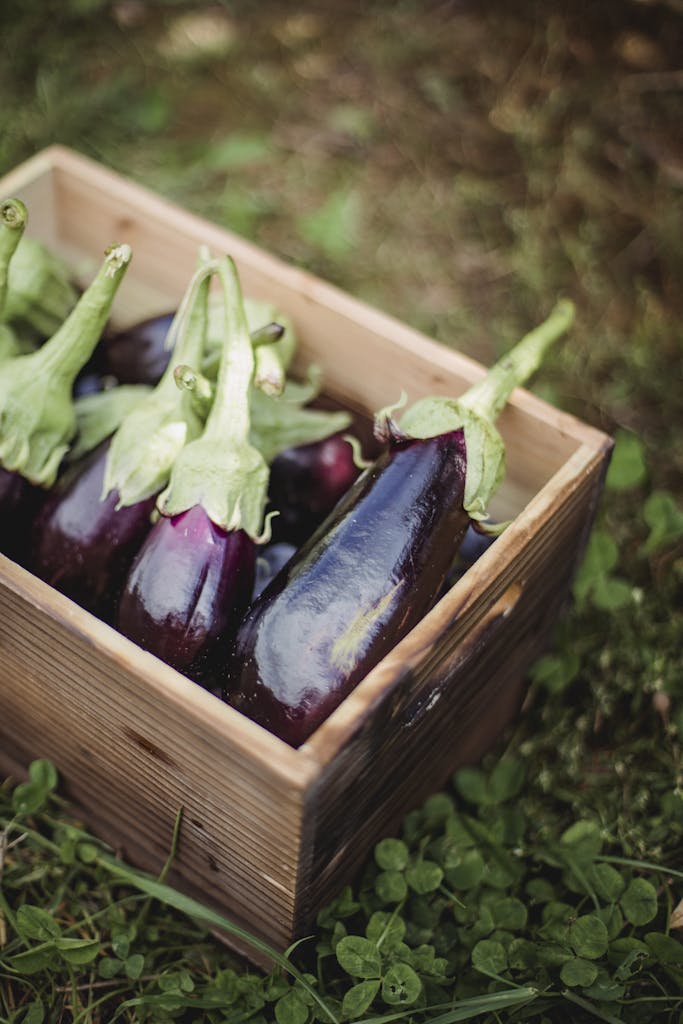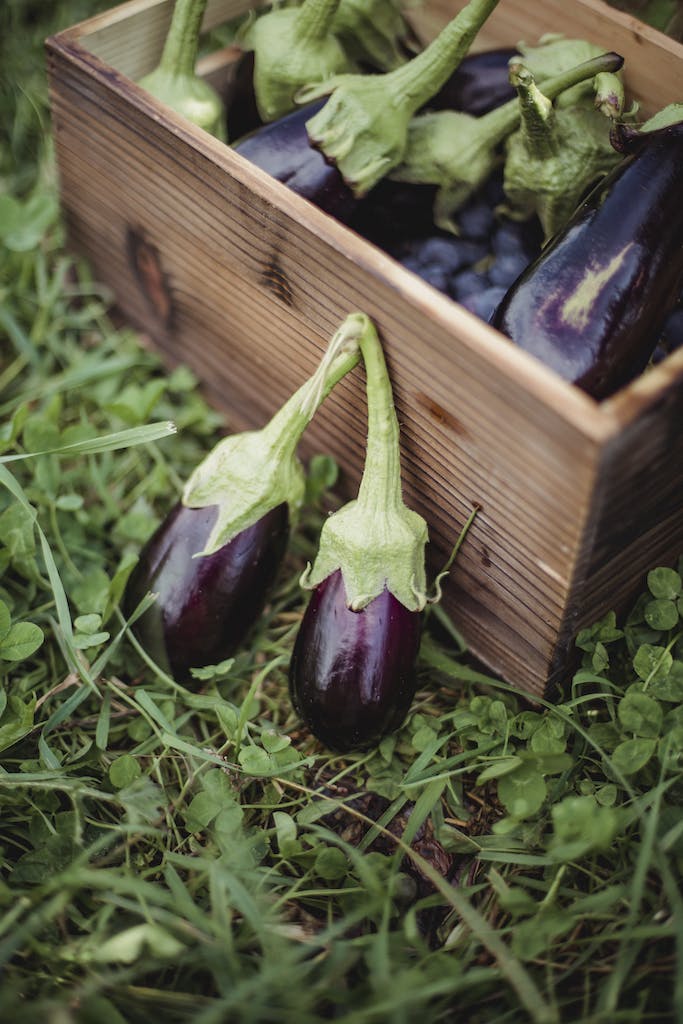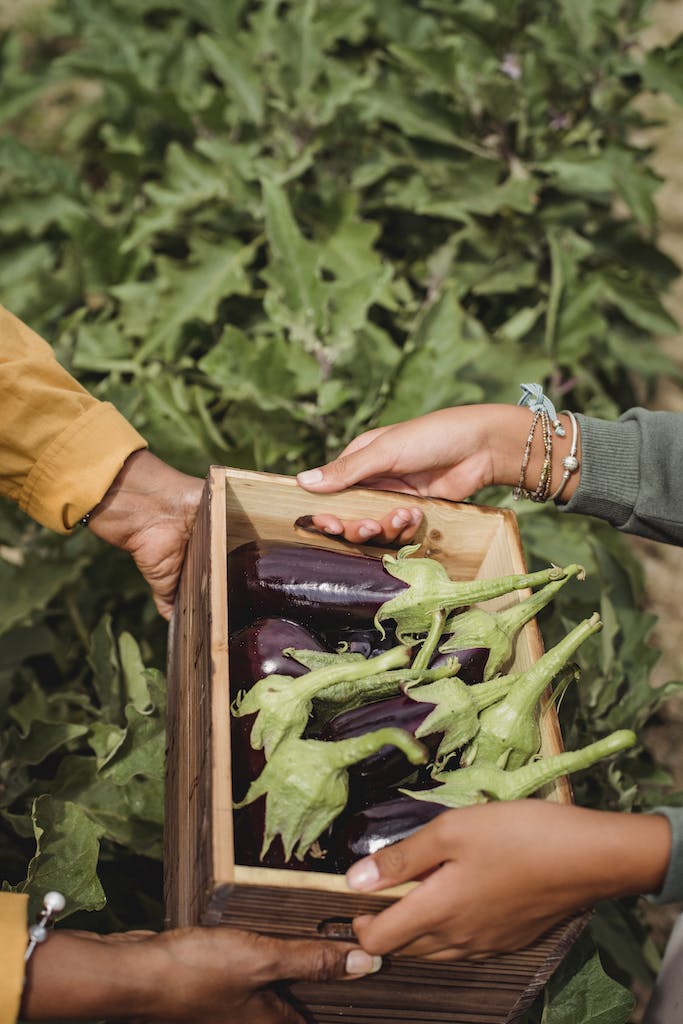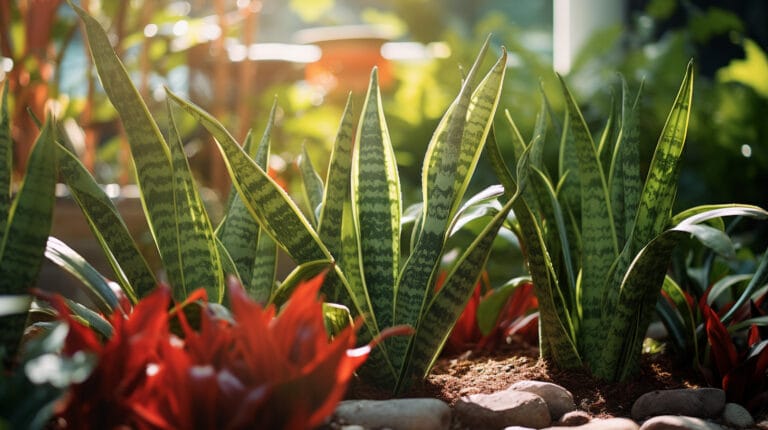Embarking on the quest to grow eggplant indoors requires a clear comprehension of the essential stages, from seed sprouting to harvest, for a successful yield. This guide’s aim is to provide you with the necessary knowledge to foster eggplant seeds into thriving plants for a fulfilling harvest in 2024.
Key Takeaways
- Start eggplant seeds indoors 8 weeks before last frost for a successful harvest.
- Provide optimal conditions like light, temperature, and moisture for healthy seedling growth.
- Carefully transplant seedlings outdoors after the last frost date for successful establishment.
- Follow pruning, fertilizing, pest control, and harvesting tips for growing successful eggplants.
Understanding Eggplant Seed Germination and Indoor Seed Starting

To initiate germination, choose high-quality seeds and employ proper techniques. This involves planting at the correct depth, using quality soil, maintaining moisture, and providing adequate lighting for optimal growth. These steps set the stage for a successful growing process.
When and How to Start Eggplant Seeds Indoors for a Successful Harvest

Initiating the indoor seed starting process about 8 weeks before the last spring frost is recommended. Sow the seeds in a well-draining mix, lightly covering them with soil.
Eggplant seeds thrive in a warm environment, around 70-85°F (21-29°C), which can be maintained with a seedling heat mat. A sunny location or grow lights will provide the necessary light, and keeping the soil consistently moist (but not waterlogged) supports early growth stages.
Nurturing Healthy Eggplant Seedlings Indoors

To ensure optimal growth indoors, focus on:
- Watering: Keep the soil evenly moist but not waterlogged.
- Light: Provide ample sunlight or use grow lights.
- Nutrition: Feed with a balanced fertilizer, following package recommendations.
- Monitoring and Adjusting: Watch for signs of issues and address them promptly to maintain seedling health.
Transitioning Eggplant Seedlings Outdoors: When and How to Transplant

Transplant your eggplant seedlings outdoors when temperatures consistently stay above 60°F (15.5°C) and after the last frost date.
Prepare your garden in a sunny, well-draining area, gradually acclimate the seedlings to outdoor conditions, and then plant them in the garden. Post-transplant care includes regular watering, mulching, and monitoring for pests or diseases.
Growing Your Own Eggplant: Tips for a Successful Harvest

For a fruitful harvest:
- Pruning: Regularly remove damaged or diseased leaves and excess foliage.
- Fertilizing: Use balanced fertilizer starting when plants flower and continue throughout the season.
- Pest Control: Keep an eye out for pests and use natural or organic remedies.
- Harvesting: Harvest eggplants when they are mature and glossy, using a sharp knife or shears.
Conclusion
Cultivating eggplant seeds indoors is a fulfilling endeavor that leads to a bountiful harvest. By adhering to the guidance provided, from germination to harvest, you can ensure the success of your eggplant growing journey in 2024. Remember, patience, care, and attention to detail are key to thriving plants and a rewarding gardening experience.
Happy gardening!
Frequently Asked Questions
How do I plant eggplant seeds indoors?
To plant eggplant seeds indoors, fill a pot with seed-starting mix, sow the seeds about 1/4 inch deep, water lightly, and place the pot in a warm location with plenty of sunlight.
when to start eggplant seeds indoors?
The best time to start eggplant seeds indoors is about 6-8 weeks before the last frost date in your area.
How long does it take for eggplant seeds to germinate?
Eggplant seeds usually germinate within 4 to 6 days, depending on the variety and environmental conditions.
What do I need to know about growing eggplant from seed?
To grow eggplant from seed successfully, ensure the seeds are started indoors in a warm environment, provide adequate sunlight, and transplant seedlings after the last frost.
How can I protect my eggplant seedlings from pests like flea beetles?
You can protect your eggplant seedlings from pests like flea beetles by using row covers, applying organic pest control methods, and ensuring proper plant health.







